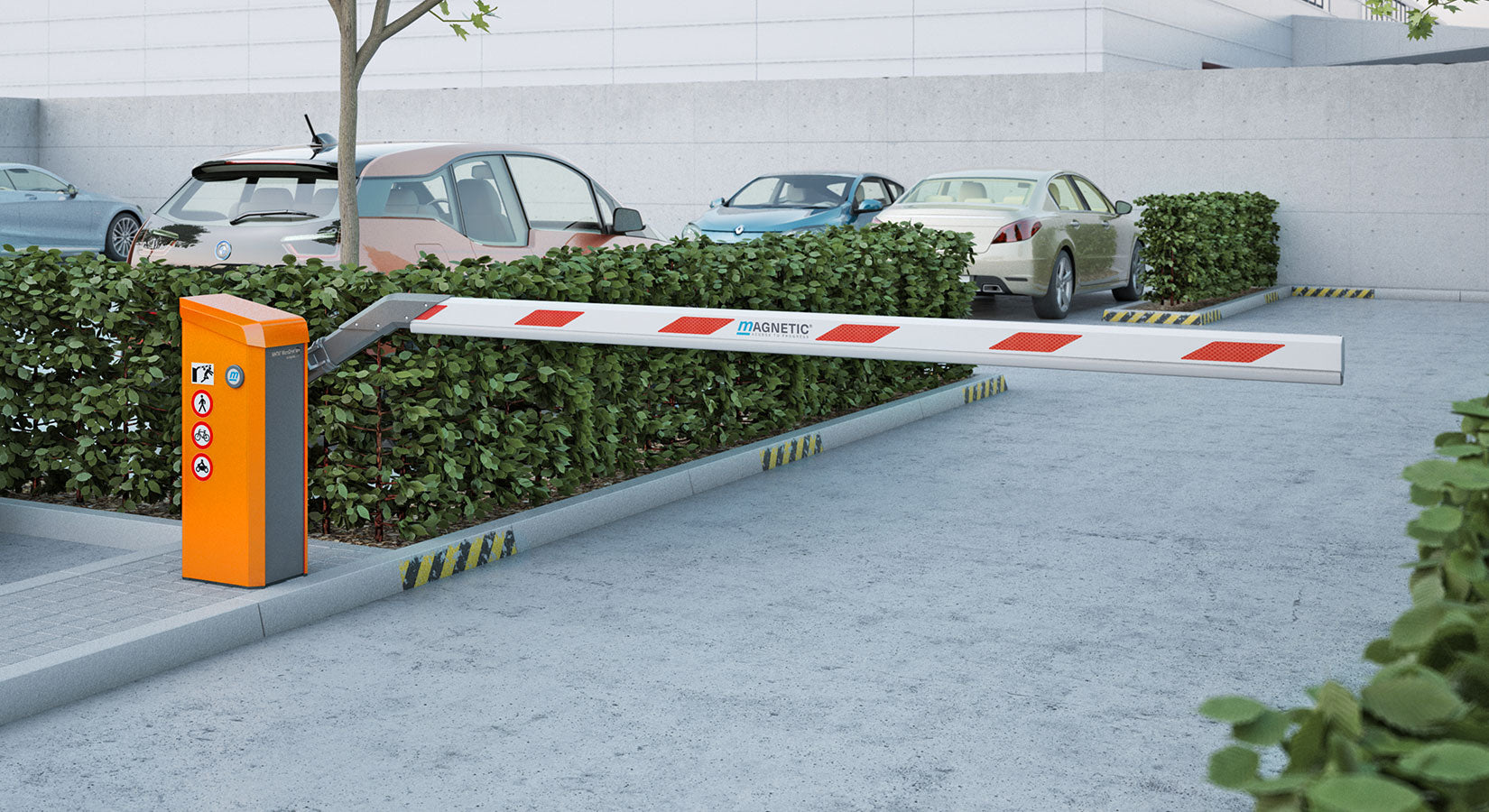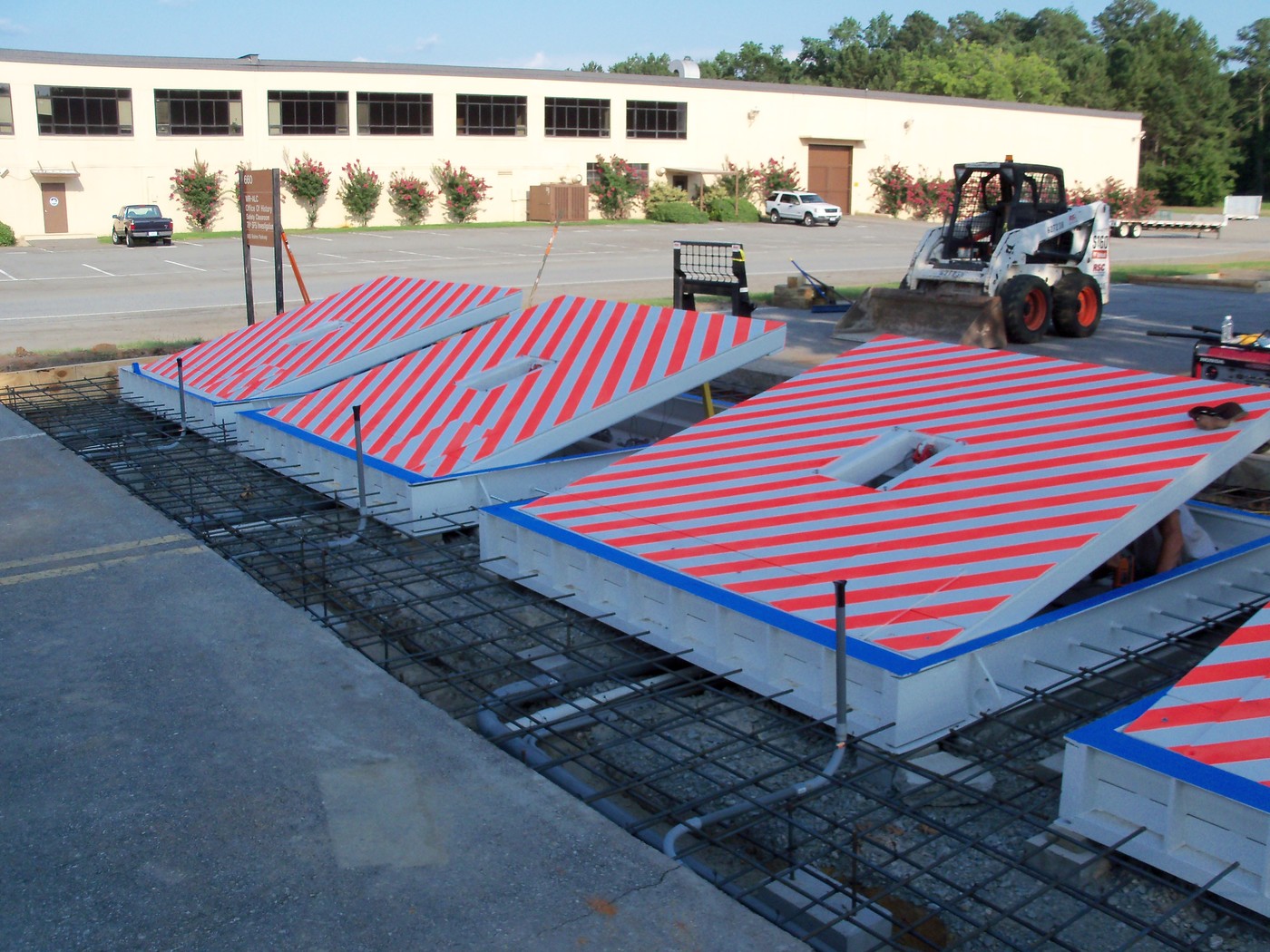Some Of Wedge Barriers
Wiki Article
The 25-Second Trick For Wedge Barriers

Wedge Barriers Things To Know Before You Buy
g., spring assistance 65 )may be dealt with to the end of the springtime rod 58 to allow compression of the springtimes 60. As the springs 60 are compressed in between the spring sustains 62, the springtime setting up 54 creates a pressure acting on the cam paired to the spring pole 58 in a direction 66. For instance, the remaining pressure related to the web cam to deploy the wedge plate 16 might be offered by an electromechanical actuator 84 or various other actuator. Thus, the springtime setting up 54 and the actuator 84(e. g., electromechanical actuator)might run together to equate the web cam and raise the wedge plate 16.
As stated above, the spring assembly 54 exerts a continuous pressure on the webcam, while the electromechanical actuator may be managed to put in a variable force on the web cam, thus making it possible for the training and decreasing( i. e., deploying and pulling back )of the wedge plate 16. In particular embodiments, the continuous force applied by the spring assembly 54 may be adjustable. g., electromechanical actuator) is impaired. As will certainly be valued, the spring assembly 54 may be covered and protected from particles or various other components by a cover plate(e. g., cover plate 68 received FIG. 4) that might be substantially flush with the elevated surface area 38 of the structure 14. As stated over, in the deployed position, the wedge plate 16 serves to block gain access to or travel beyond the barrier 10. For instance, the obstacle 10(e. g., the wedge plate 16 )might obstruct pedestrians or vehicles from accessing a building or path. As talked about over, the barrier 10 is connected to the support 30 protected within the foundation 14,

front braces 71. Consequently, the visite site linkage settings up 72 may pivot and revolve to enable the collapse and expansion of the affiliation assemblies 72 throughout retraction Get More Information and deployment of the bather 10. The link settings up 72 cause movement of the wedge plate 16 to be restricted. If a vehicle is traveling towards the deployed wedge plate 16(e. For example, in one situation, the security legs 86 might be expanded throughoutmaintenance of the barrier 10. When the security legs 86 are released, the safety and security legs 86 support the weight of the wedge plate 16 against the surface 12. As an outcome, the training system 50 may be deactivated, serviced, removed, changed, etc. FIG. 5 is partial perspective view of an embodiment of the surface-mounted wedge-style obstacle 10, illustrating the camera 80 and the webcam surface areas 82 of the lifting system 50. Particularly, 2 cam surfaces 82, which are described as reduced web cam surface areas 83, are placed below the webcam 80. The lower cam surfaces 83 might be fixed to the surface area 12 (e. For instance, the reduced camera surfaces 83 and the mounting plate 85 might create a solitary piece that is secured to the support 30 by screws or various other mechanical bolts. Furthermore, two camera surface areas 82, which are referred to as top cam surfaces 87, are positioned over the cam 80 and combined to (e. In official source various other embodiments, interfering layers or plates might be placed in between the surface 12 and the reduced web cam surfaces 83 and/or the wedge plate 16 and the top cam surface areas 87 As pointed out above, the cam 80 converts along the web cam surface areas 82 when the wedge plate 16 is lifted from the retracted position to the deployed placement. In addition, as stated above, the spring assembly 54 (see FIG. 3 )might offer a force acting on the camera 80 in the direction 102 through springtime rod 58, which might minimize the force the electromechanical actuator 84 is needed to relate to the cam 80 in order to activate and lift the wedge plate 16. 1 )to the deployed placement(see FIG. 4). As revealed, the webcam 80 includes track wheels 104(e. g., rollers), which call and translate along the camera surface areas 82 during procedure.
Report this wiki page